Have you ever wondered about the difference between a turnip and a parsnip, or how the heck you can make something as gnarly-looking as a celery root taste good? We know that root vegetables can be some of the harder veggies to learn how to cook and love, which is why we decided to enlist a chef to help you figure them out. We asked for your top root veggie questions on Instagram, and we’re excited to share the answers from our friend, chef Abra Berens!
1. Why should I eat root veggies and cook with them? What are the health benefits and why are they different from other ingredients?
Like all vegetables, roots are rich in vitamins and micronutrients. Plus they are incredibly versatile, which is their most valued trait in my kitchen. They can be rich and substantial when I want a hearty dinner of roasted roots, an egg or pork chop, and a bitter green salad. They can also be light in the hotter months like carrots shaved into thin ribbons with a vegetable peeler and paired with a lemon vinaigrette and a ton of herbs. Plus, they store well, so they are incredibly patient and comforting friends in my kitchen.
2. How do I cook parsnips?
Parsnips can be a touch tricky because they have a drier interior than carrots. I still like to roast them like potatoes or carrots, but make sure to toss them in an extra splash of olive oil or vinaigrette once they’re done cooking so they can soak it up as they cool. I also really love a parsnip puree. To make one, just sweat an onion in a medium-sized saucepan, add 1/2 cup white wine or hard cider (to give the final dish some brightness), allow the wine to reduce by half, and then add the parsnips (a couple of pounds or so) cut into chunks and a couple of big pinches of salt. Then pour enough water or cream (just not milk because it will split) to cover the parsnips by half and simmer until the parsnips are tender. Then blend in a food processor until smooth. Use this anywhere you would mashed potatoes.
3. How do I roast root veggies so they’re soft on the inside but not burnt on the outside?
There are a couple of ways to think about this!
-
Look at where they are burning. I often burn roots when they are roasting on the bottom rack of my oven since the heat source is on the bottom, creating a hot zone there. My neighbors’ oven is hotter on the top rack. If you think your oven has a hot spot, just rotate your veggies to a different rack throughout the roasting process, every 15 minutes or so.
-
A good roast can take longer than you think. I like to roast around 375F for about 40 minutes. I used to roast at 425F and could never get that super soft interior and crunchy exterior. Turning the oven down and being patient helped. A convection feature on your oven will also help. The convection fan helps wick the moisture from the skin of the veg creating that crispy “exoskeleton” with a very creamy interior more efficiently.
-
Leave the root veggies larger than you think. I like to roast carrots left basically whole. It takes more time, but it keeps the veg from drying out during that longer time in the oven.
4. How do I cook turnips and what other ingredients go well with them?
I put turnips in two categories: the sweet, thin-skinned salad turnips (like hakurei) and the bigger, storage turnips (like a purple globe or scarlet). For the salad turnips, I rarely cook them. I like to slice them thinly and toss them into a salad or cut them in half and dip them into any sort of sauce, from ranch to a miso butter.
For the storage turnips, I treat them just like a potato by either roasting them or mashing them. A turnip and rutabaga mash is one of my favorite cold-weather treats. You can make it fussy or simply simmer 1 pound of turnips, 1 pound of potatoes, and/or 1 pound of rutabaga with chicken stock or water until they’re soft. Then, using a potato masher, mash them up a bit and serve with a big spinach salad and poached egg.
In terms of flavor combinations, turnips love anything rich to balance the slightly sulfuric bite (think cheese, cream, olive oil, coconut oil, or tahini). They also pair well with any sort of citrus. I love a raw salad of sliced turnips with segments of orange, a lot of parsley, and lemon vinaigrette.
5. How do I flavor roots without dairy or meat?
I generally find root vegetables to be pretty sweet, especially when roasted. I like to play against that sweetness with some spice by adding a large pinch of chili flakes (aka crushed red pepper) to the salt and olive oil when roasting. I also like to balance the richness of root vegetables with a super bright, acidic sauce or relish. My go-to flavor combo is 5 sprigs of dill (roughly chopped), a tablespoon of capers (roughly chopped), the zest and juice of one lemon, a pinch of salt, and a glug of olive oil. I spoon that over any combination of root veggies and it tastes great!
We’re deeply grateful to Abra sharing for her veggie wisdom. To learn more about her, check out her Instagram, website, or get her cookbook, Ruffage: A Practical Guide to Vegetables.

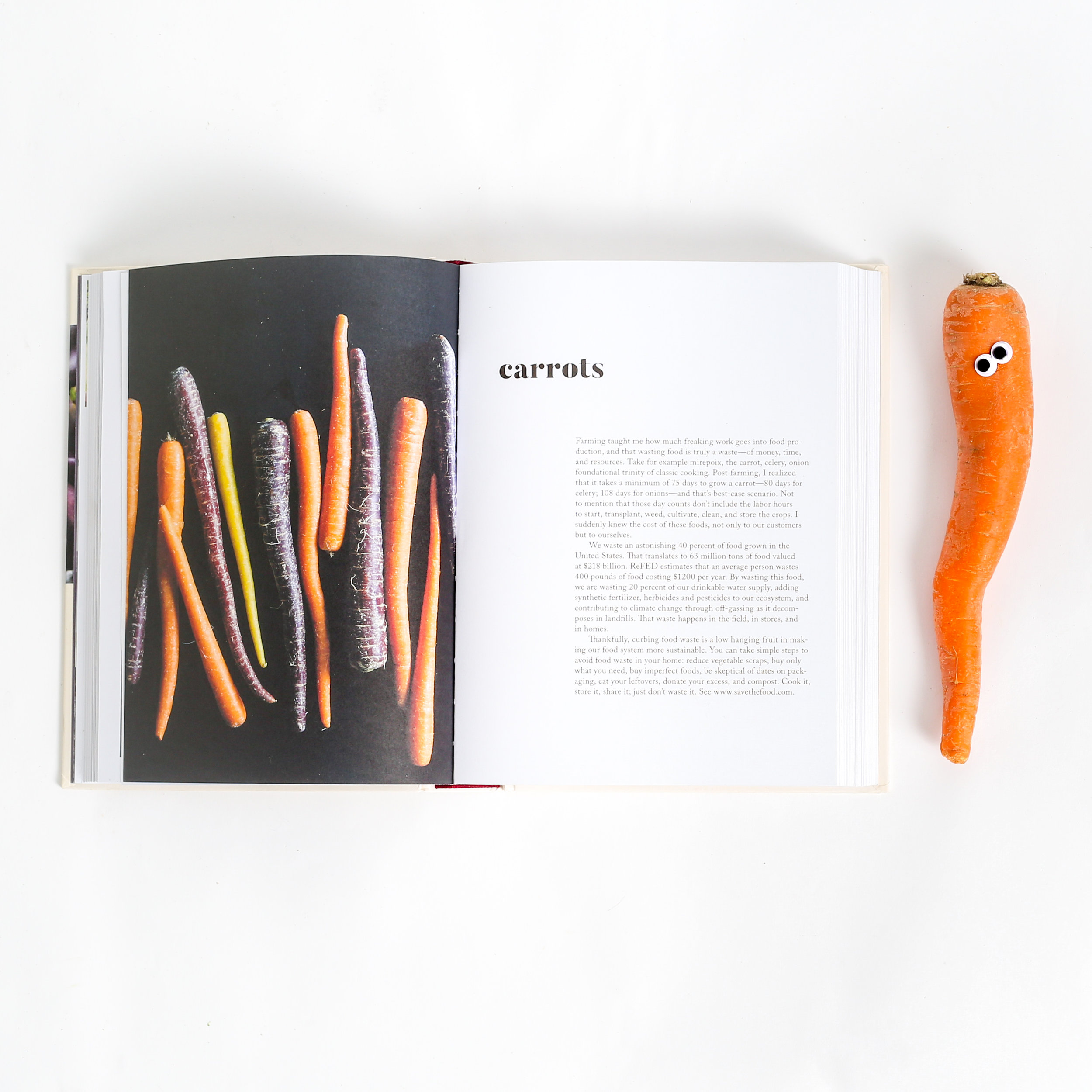


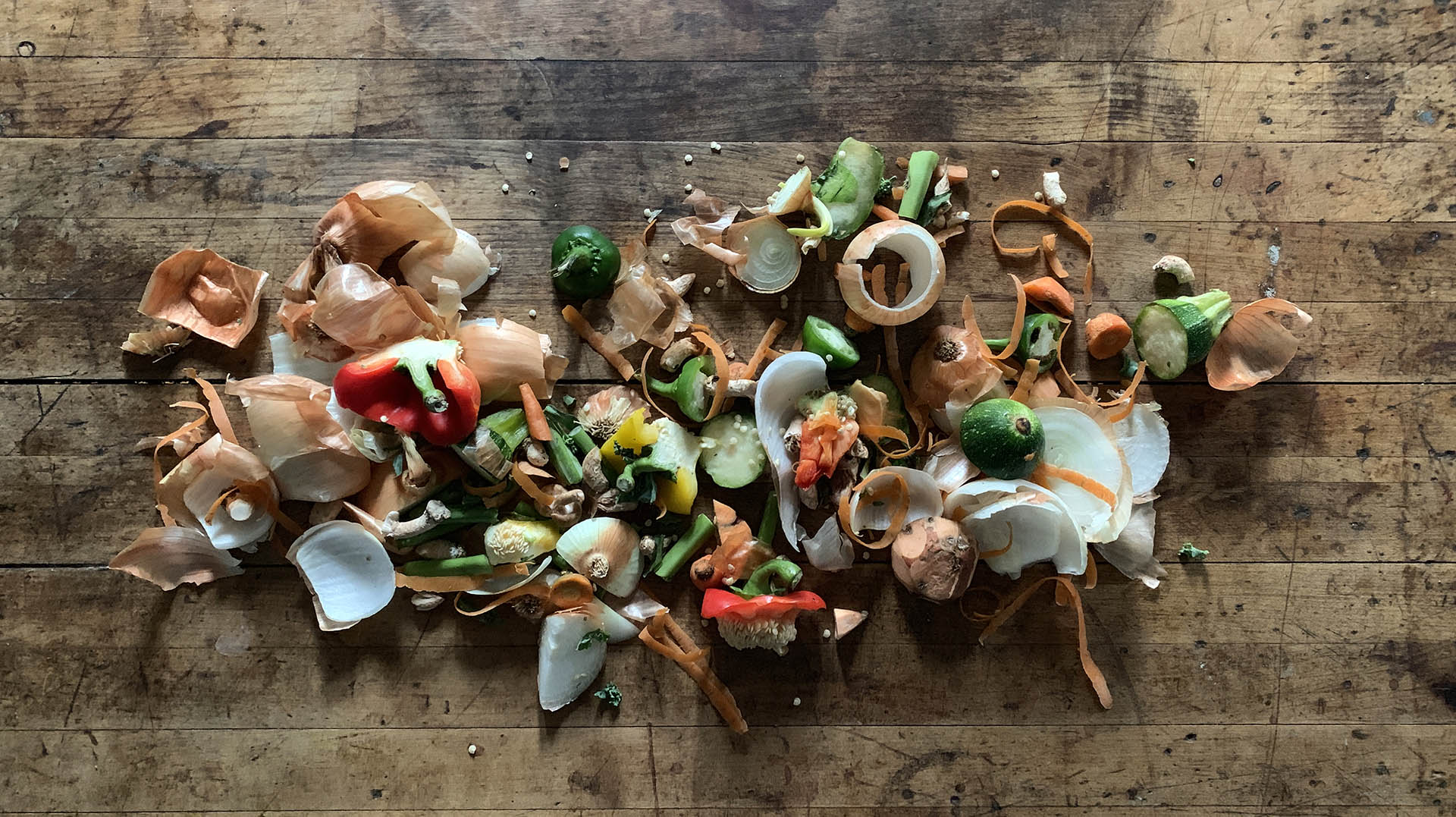
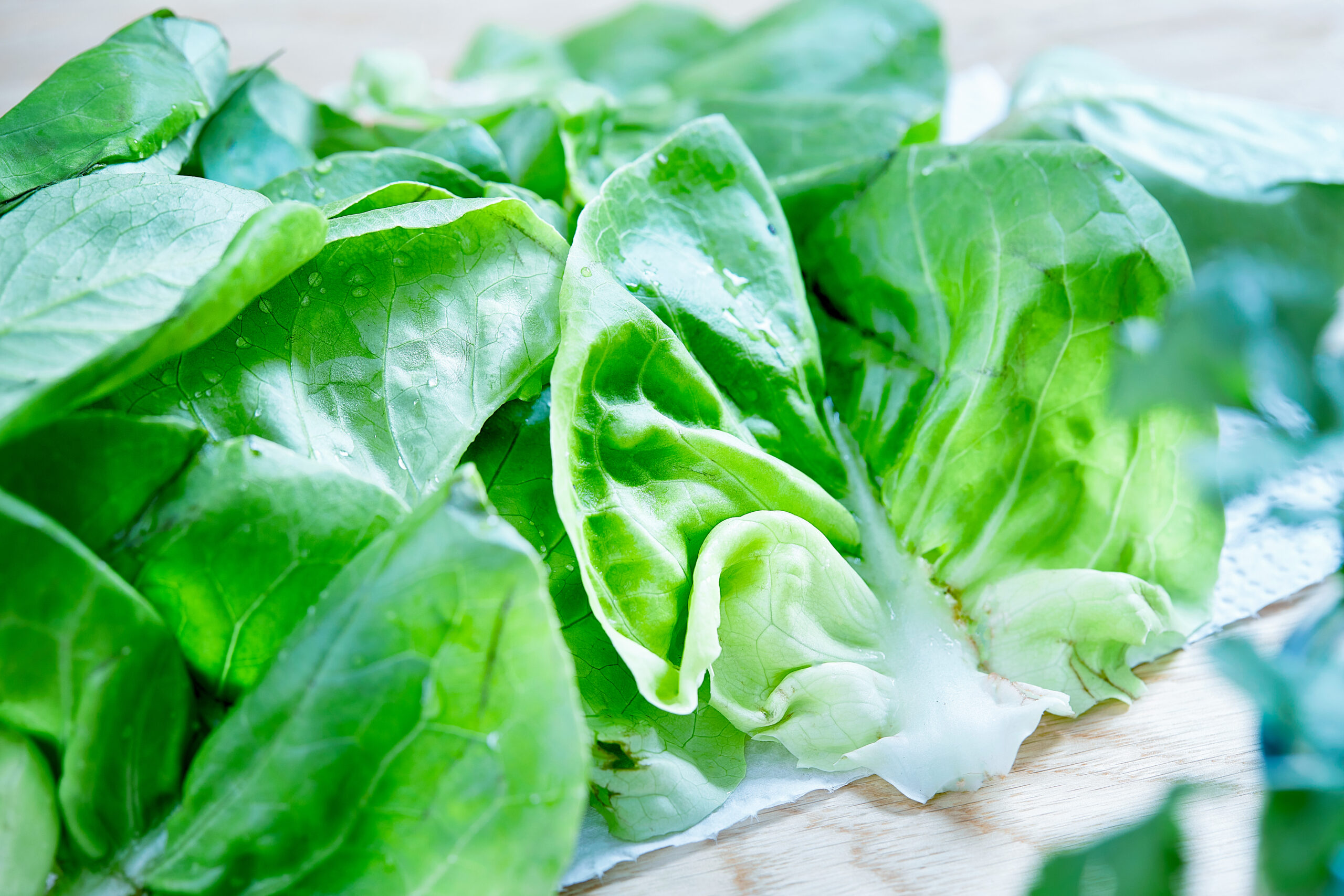
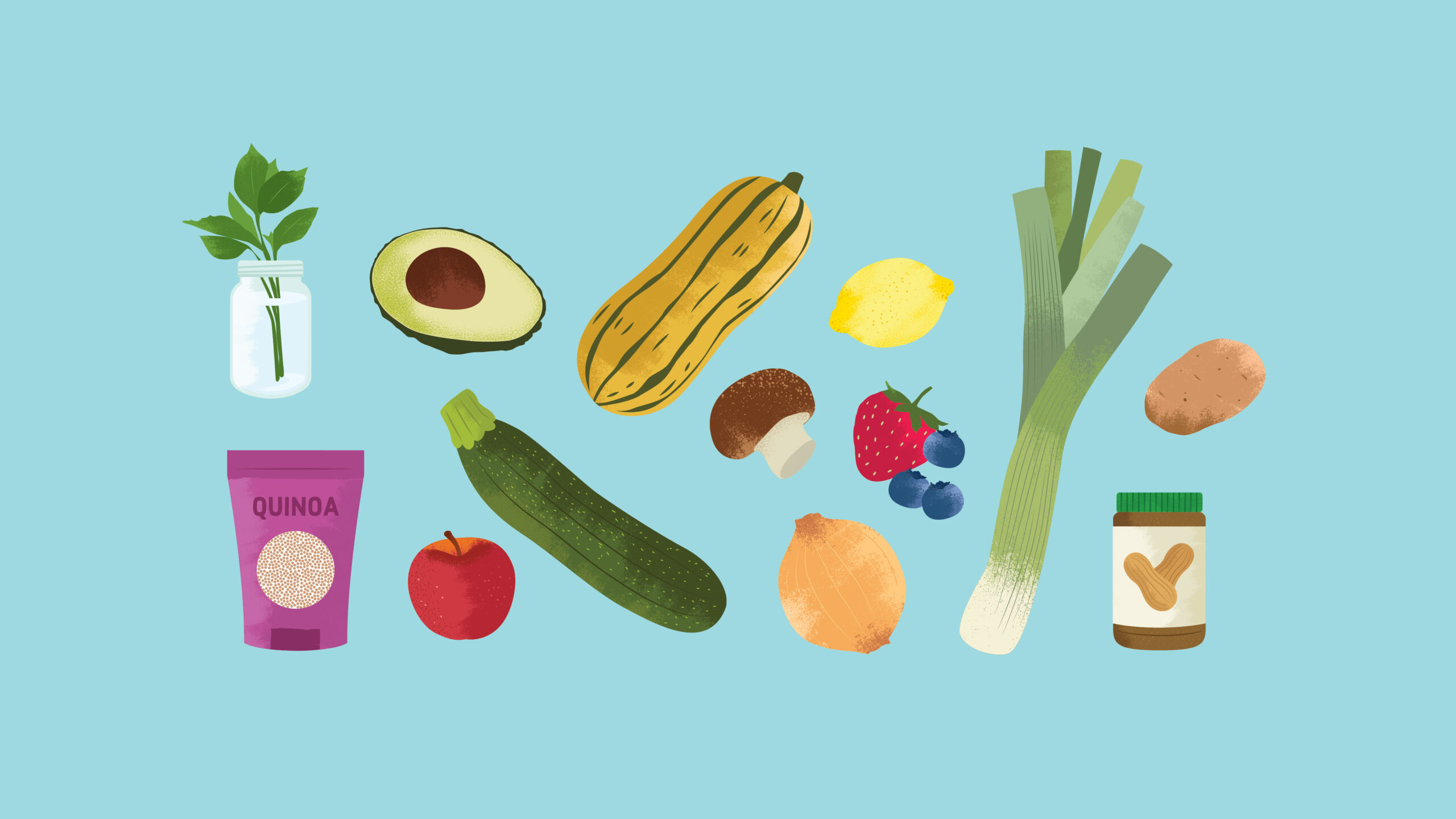

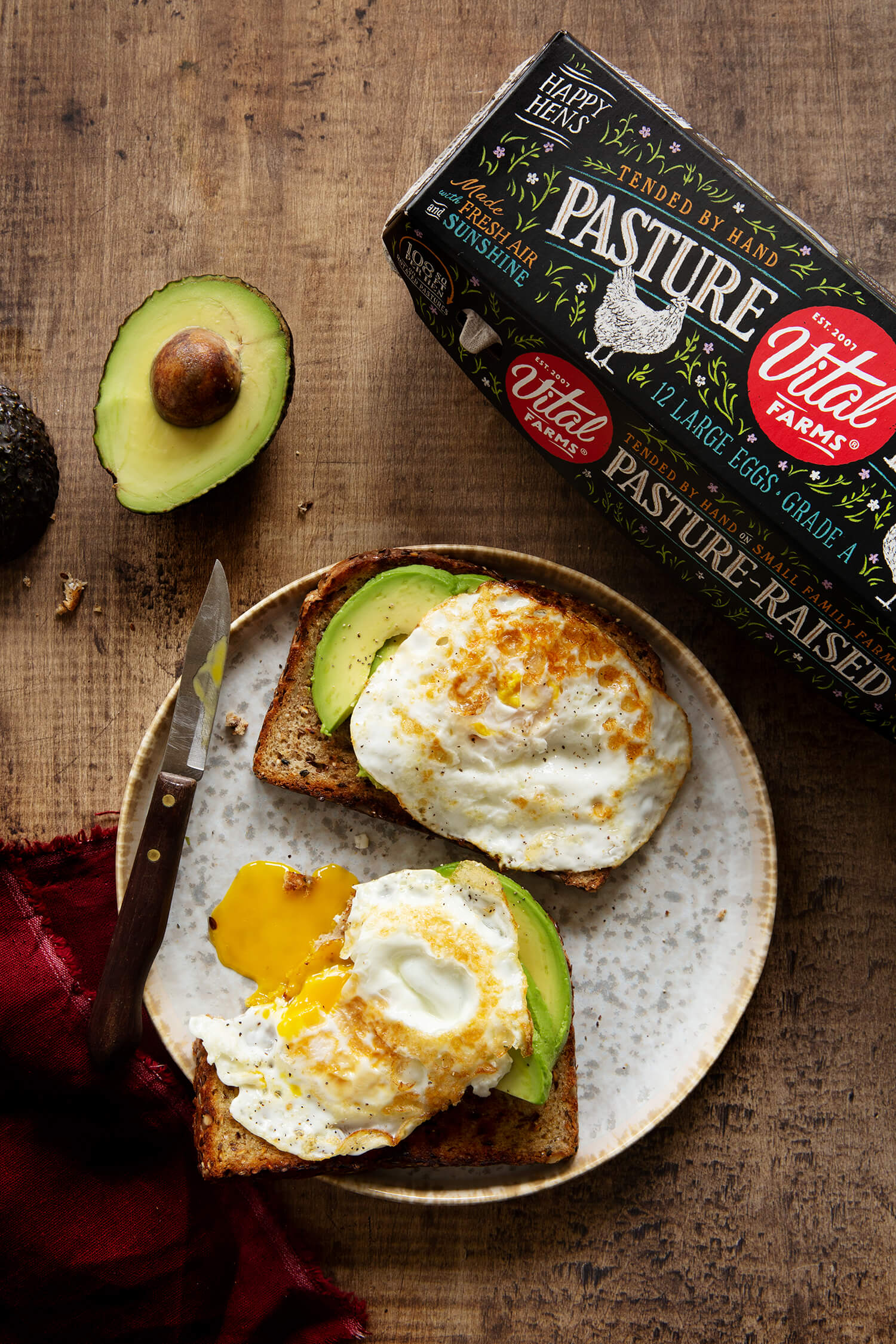

This was a great post looking forward to Future posts thanks Abra
Hey Nancy! We’re so glad that you enjoyed this post. We’d love to bring chef Abra back for a part 2 sometime. Thanks for reading our blog!